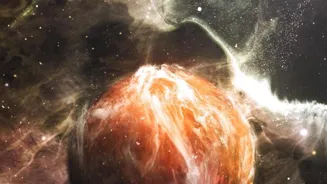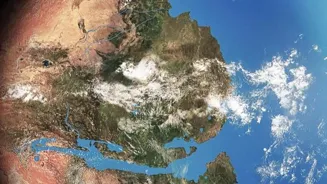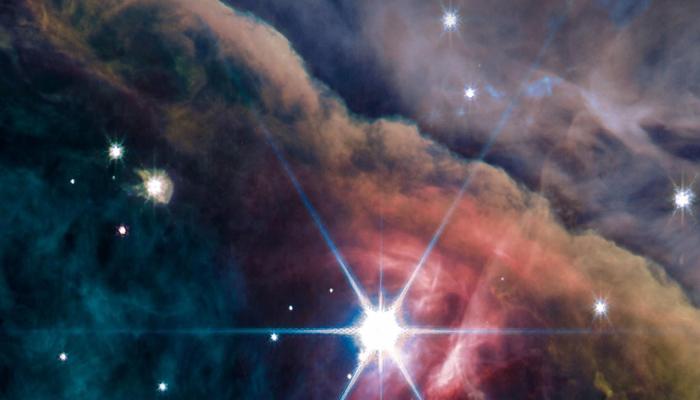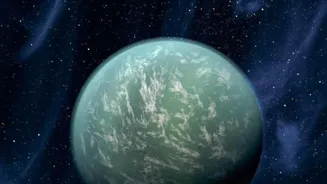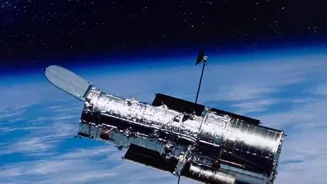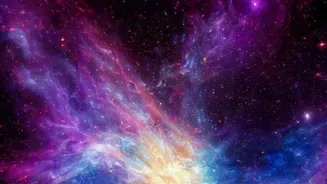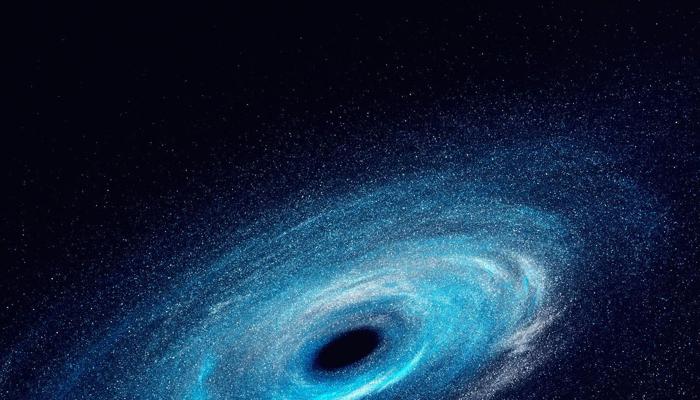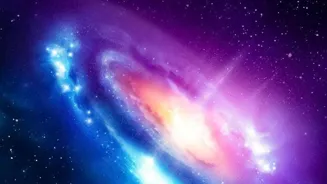Unveiling the Cosmic Ballet: How Stardust Births Planets. Explore the captivating journey from dust to planets!
Hey there, space enthusiasts! Ever wondered how those celestial beauties, the planets, came
into existence? It's a story that begins with something incredibly small – stardust – and blossoms into the grand cosmic bodies we see twinkling in the night sky.
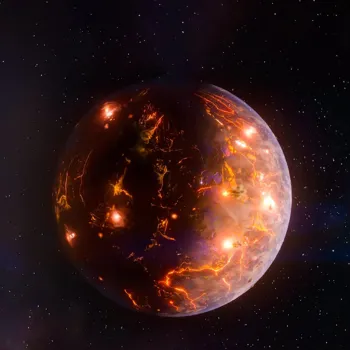
It's a tale billions of years in the making, filled with swirling gas, cosmic dust bunnies, and a whole lot of gravitational pull. Let's dive into the fascinating process of planet formation, shall we?
Molecular clouds birth stars and planets triggered by gravity
Think of a vast, sprawling cloud made of gas and dust floating in space. This is what we call a molecular cloud. These clouds are the nurseries where stars, and subsequently planets, are born.
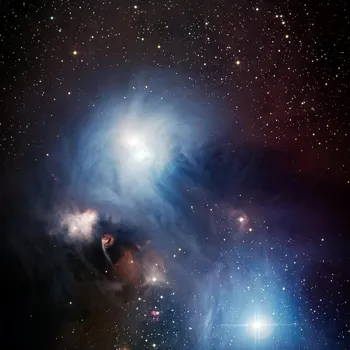
The primary component of these clouds is hydrogen, but they are also mixed up with other elements such as helium, carbon, oxygen and the famous cosmic dust. Now, something needs to trigger the collapse of one of these clouds.
It could be a supernova explosion nearby, or perhaps just a gradual shift in the cloud's own density. Whatever the cause, gravity takes over and the process begins!
Cloud collapses, spins into a disk, ignites fusion, birth of a star
As the cloud collapses, it starts to spin faster and faster, like a cosmic figure skater pulling in their arms. This rotation causes the cloud to flatten into a disk. This is very important. At the center of this spinning disk, things get incredibly dense and hot.
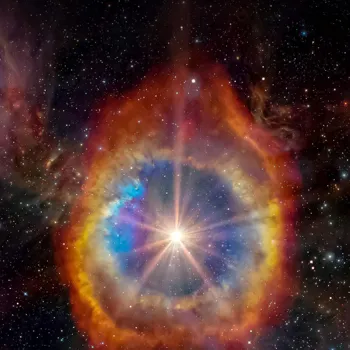
So hot, in fact, that nuclear fusion ignites, and a star is born. Think of our very own Sun! But what about the rest of the disk? Well, that's where the planets come in. The dust and gas in the disk, which consist of silicates and ice, start to collide with each other.
At first, these collisions are gentle and the particles stick together, forming bigger clumps.
Planetesimals grow through gravity, forming baby planets
These clumps continue to clump together forming larger bodies. These are called planetesimals, which are essentially baby planets. You see, it’s a game of cosmic “catch ‘em” where gravity plays the main rule, pulling every object towards each other.
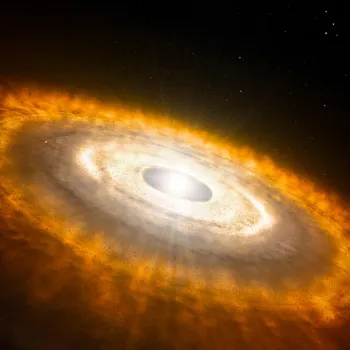
Larger planestesimals attract all other, smaller planestesimals because of gravity. These ones will be bigger than the rest and will survive. Now, imagine them going around the star a lot of times. They accumulate more and more stuff.
Protoplanets clear disk, form gaps, affecting planet composition and location
Now, as the protoplanets sweep through the disk, they clear away the gas and dust in their path. This creates gaps in the disk, which astronomers can actually observe around young stars. The composition of a planet depends on where it forms in the disk.
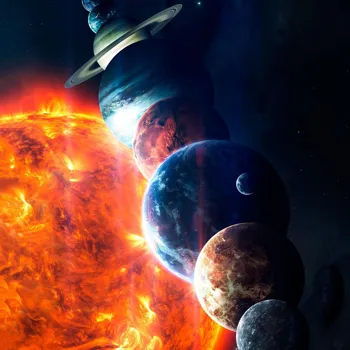
Closer to the star, where it's hotter, only rocky materials can survive. This is why we have inner, rocky planets like Mercury, Venus, Earth, and Mars in our solar system. Farther from the star, where it's colder, icy materials can also survive.
This is where the giant gas planets, like Jupiter and Saturn, and the ice giants, like Uranus and Neptune, form.
Planets form through collisions, migration, differentiation of elements over time
The process isn’t always smooth and peaceful. There’s plenty of collisions and migration. Some planets might even get ejected from the system entirely! Over millions of years, the protoplanets continue to grow, accreting more and more material.
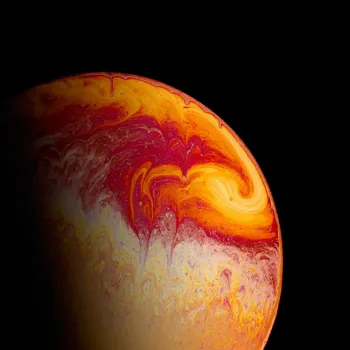
They start to differentiate, meaning that heavier elements sink to the core, forming a dense, metal core, while lighter elements form a mantle and crust. Eventually, they become the fully formed planets we know and love.
It requires a dash of time, a lot of gravity and some cosmic gas and stardust to create the planets as we know them.
AI Generated Content. Glance/InMobi shall have no liability for the content